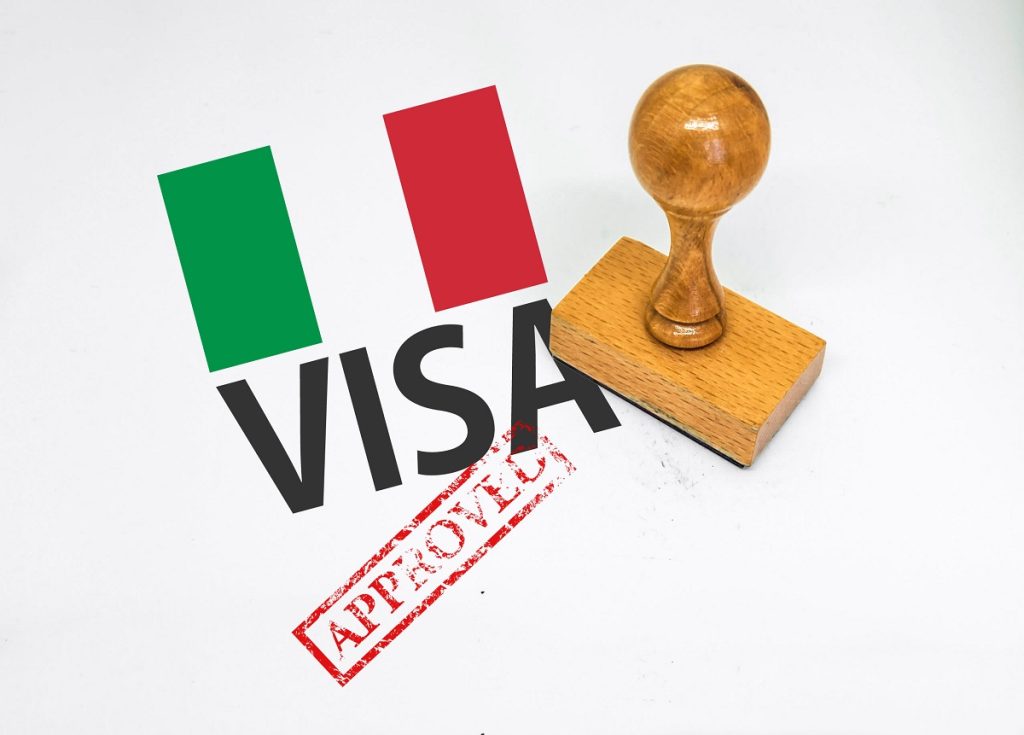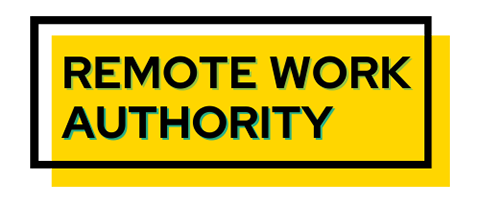Italy has been a popular destination since 2001, but it recently started offering digital nomad visas to supplement its other visas. The visa will make it easier to work in Italy, and while it does not lead to citizenship, other visas lead to it if you invest in the country.
Italy has introduced the digital nomad visa in response to the changing work landscape brought about by the pandemic. Remote work is becoming more popular, and many people are considering the life of a digital nomad. These individuals work remotely and travel the world, enjoying the freedom of being location-independent.
Italy is a popular destination for digital nomads, thanks to its rich culture, history, and stunning landscapes. Although the visa is not yet available, the Italian government is launching the digital nomad visa program to make it easier for remote workers to live and work there.
This article provides a detailed guide to the Italian Digital Nomad Visa, including eligibility requirements, the application process, and the program’s benefits.
Table of Contents
Why Is Living In Italy Attractive To Remote Workers?
- Italy has a rich culture, history, and stunning landscapes, attracting remote workers looking for a high quality of life outside of work.
- The cost of living in Italy is relatively affordable compared to other European countries, making it an appealing destination for those looking to save money while enjoying the Italian lifestyle.
- The country has a high standard of healthcare and education, which is particularly attractive to remote workers who may have families.
- Italy’s cuisine and wine culture are world-renowned, offering remote workers a unique culinary experience. Cities such as Rome and Milan provide excellent opportunities for remote workers, with a thriving start-up scene and a high quality of life.

- Finally, the country’s central location within Europe makes it an excellent base for exploring other European countries, allowing remote workers to take advantage of Italy’s excellent transportation network to explore the continent.
Does Italy Have A Digital Nomad Visa?
Italy has a Digital Nomad Visa program – it was officially introduced in March 2022, although you can not apply yet. The program will allow remote workers to live and work in Italy for up to one year. The visa is renewable; after five years, the person can apply for residency, if desired.
Currently, Italy has a series of visas, including a self-employed visa for those in business for themselves. The digital nomad program would be for those working for companies registered outside of Italy. Those interested in the digital nomad visa should apply for the self-employed one.
To qualify for the current visa, applicants must be self-employed or have a remote job with a foreign company. They must be able to verify a minimum annual income threshold that exceeds $9,300 USD for the previous year. They must also provide proof of health insurance. When the digital nomad visa is available, the requirements are expected to be the same.
The predictions are that the income requirements for the new visa will similar to those for the self-employed one.

Do You Need A Digital Nomad Visa To Work In Italy?
If you plan to stay in Italy for over 90 days, you will need a visa permitting you to work. In the absence of the digital nomad visa, you will need to apply for the self-employed one or one of several other types.
When applying for a visa, it is essential to provide all the necessary documentation, including proof of income and health insurance coverage. Ensuring the accommodation has reliable wifi is also crucial, as remote work requires a stable internet connection.
How Do I Get A Digital Nomad Visa For Italy?
Can You Apply Now?
Although the state enacted the program in March of 2022, it has yet to commence accepting any applications as the country is still working out details.
Where Do You Apply?
To apply for a visa, including the upcoming. Italy Digital Nomad Visa, you will have to submit your application to the nearest Italian embassy or consulate in your country of residence. Check the website of the Italian embassy or consulate in your home country to obtain the most up-to-date information on the application process, requirements, and fees.
These application processes generally involve completing an online application form, submitting supporting documentation (such as proof of income and health insurance), and attending an in-person appointment at the embassy or consulate to provide biometric data (such as fingerprints).
The specific requirements and procedures may vary depending on your country of residence and individual circumstances.
What Are The Requirements?
This new visa will probably allow non-EU nationals to live and work in Italy, provided they have a location-independent job or business, a clean criminal record, health insurance coverage, and suitable accommodation.
You probably won’t have to apply for a work permit first to obtain the digital nomad visa.
Be aware that different Italian Consulates might have different standards for granting visas, which could be confusing. It will be similar to the self-employment visa process, where each Consulate has a lot of discretion in deciding who gets a visa.
Many applicants who are turned down for Italian visas go to Portugal.

How Much Does It Cost?
The cost is still unknown. To give you some idea, the application fee for a freelance visa in Italy is €70 (around $80). You must also pay a visa issuance fee of €65 (about $70). These are subject to change.
You may also be required to pay additional fees for supporting documentation, such as obtaining a criminal record certificate or a certified translation of your documents.
What Are The Benefits Of The Italy Digital Nomad Visa
You probably won’t have to apply for a work permit first to obtain the digital nomad visa.
The benefits of obtaining an Italy digital nomad visa include the following:
- The ability to live and work in Italy for an extended period legally
- Access to Italy’s rich culture, history, and stunning landscapes
- The opportunity to immerse oneself in a new language and way of life
- Tax advantages
The program also offers flexible work arrangements, allowing digital nomads to maintain their work while enjoying the freedom to travel and explore Italy.
Additionally, the program provides a streamlined process for obtaining a visa, with a dedicated online portal and faster processing times than other visa categories.
What Do Digital Nomads Have To Pay In Taxes?
Digital nomads will have to pay certain taxes, such as income taxes and social security payments in the U.S. In some countries, digital nomads pay local income taxes once they have lived and worked in the jurisdiction for 183 days or more. However, the rules governing social security payments for digital nomads may be more complex.
Those in Italy on self-employed visas only have to pay taxes on 5% of their annual income. The new digital domain visa offers a 70% tax reduction on their global income to those who register their residency in Italy.
How Long Can You Stay In Italy?

European Economic Area (EEA) nationals and family members can enter Italy with a tourist visa and stay for up to 90 days, while non-EEA residents must apply for a visa before arrival. Visitors from countries within the Schengen area, such as Portugal and Spain, only need a visa to enter Italy if they stay over 90 days.
The work visas are good for a year and can be renewed. Though self-employment and digital nomad visa do not offer a direct route to citizenship, those with them can apply for residency after five years.
Are there other visas that are better for remote work?
In addition to the Digital Nomad Visa and Self-Employment visa, several other visa options are available for remote workers in Italy.
These include the Start-up Visa for entrepreneurs and the Work Visa for those who have secured employment with an Italian company and have obtained a work permit.
Should You Consider The Elective Residence Visa
Italy currently features the Elective Residence Visa (ERV) is for financially independent individuals who do not need to work while in Italy. It allows holders to reside in Italy for up to one year, with the possibility of renewal for another year.
This is generally a retirement visa issued in the U.S. by the Italian Consulates of San Francisco and Los Angeles.
Applicants must prove they have a stable income source, adequate accommodation, and health insurance coverage to be eligible.
While it might be tempting to get this visa, it is not for digital nomads. The Consulate in Los Angeles explicitly states that ERV holders are not permitted to engage in any form of work, including dependent employment, self-employment, or remote online work.
Similarly, the Consulate in San Francisco outlines that ERV applicants are prohibited from working from home, receiving payment for blogging, providing consulting services to their previous employers, or otherwise circumventing this restriction.
While Italy has many visas, it is important to understand the requirements for the one you are considering.
How Can You Become A Long-Term Resident Or Citizen Of Italy?
The Italian government offers a Golden Visa program allowing individuals to obtain permanent residency and citizenship.
The Italian Golden Visa program is a residency-by-investment program that allows non-EU citizens to obtain a residence permit in Italy by investing in the country (also known as an “investors’ visa”).
To be eligible, applicants must make an investment in Italy in one of the following ways:
- Invest at least €2 million in Italian government bonds
- Invest at least €1 million in an Italian limited company or innovative start-up
- Invest at least €500,000 in an Italian company, provided the investment significantly increases employment or production in the country.
- Donate at least €1 million to an Italian non-profit organization that carries out public interest activities in the fields of culture, education, immigration management, scientific research, or artistic heritage.


